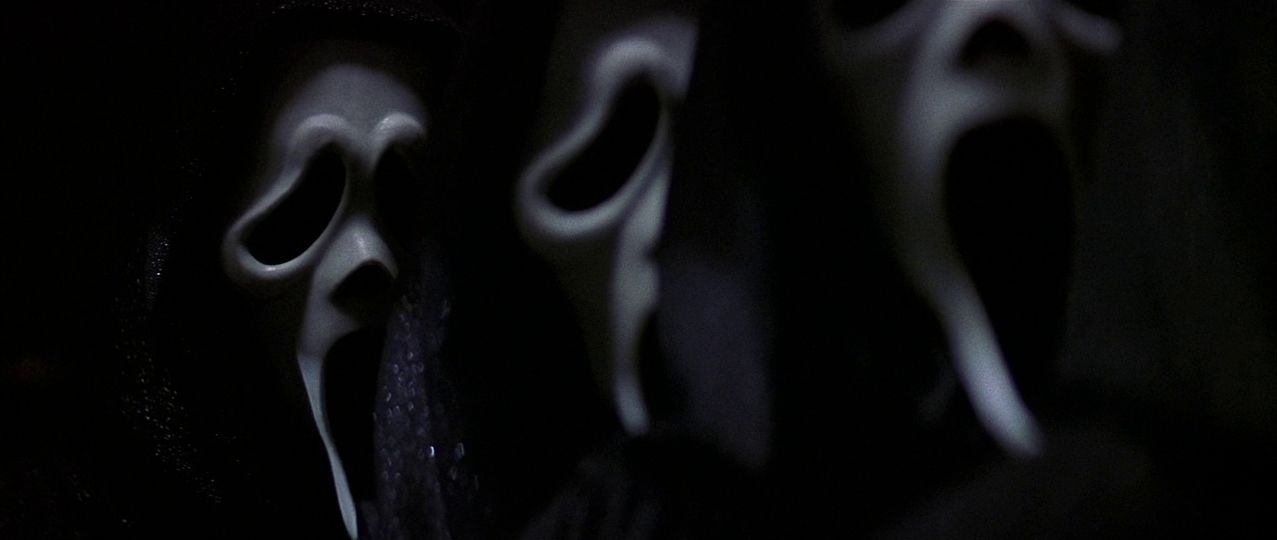Scream 3

Originally published on 08/11/21 on Letterboxd
A denunciation of Hollywood more brutal than the deaths in the film itself. As with the breezy summertime slasher that is the 2nd one, Craven's concerns here are very much rooted in the concept of artifice, but what renders it something altogether more sinister is not its concealment of the methods used to create this artifice, but of its exposure of these methods. Trapdoors, voice modifiers, bulletproof vests- everything is hidden in plain sight, there are tangible mechanics to everything, and Craven seems to take perverse delight in showing you what's under the hood, not least the hideous legacy of exploitation that fuels Hollywood itself. That legacy, of course, is trauma commodified and writ large as shallow dioramas of reality, trying to spook audiences so that they ignore the atrocities happening behind closed doors of casting rooms. At the same time, Sidney constructs dioramas to protect herself from her past, rendering it all the more tragic when she realizes that no matter where she is, she'll always be inside the house that ruined her life.
In this sense, both formal and thematic, the film recalls De Palma's Phantom of the Paradise, but where that film suggested that film suggested that the movie monster was a product of a ruthless industry, Scream 3 suggests that there is fundamentally no difference between the monster and the people who made them.
The call is coming from behind the camera.
